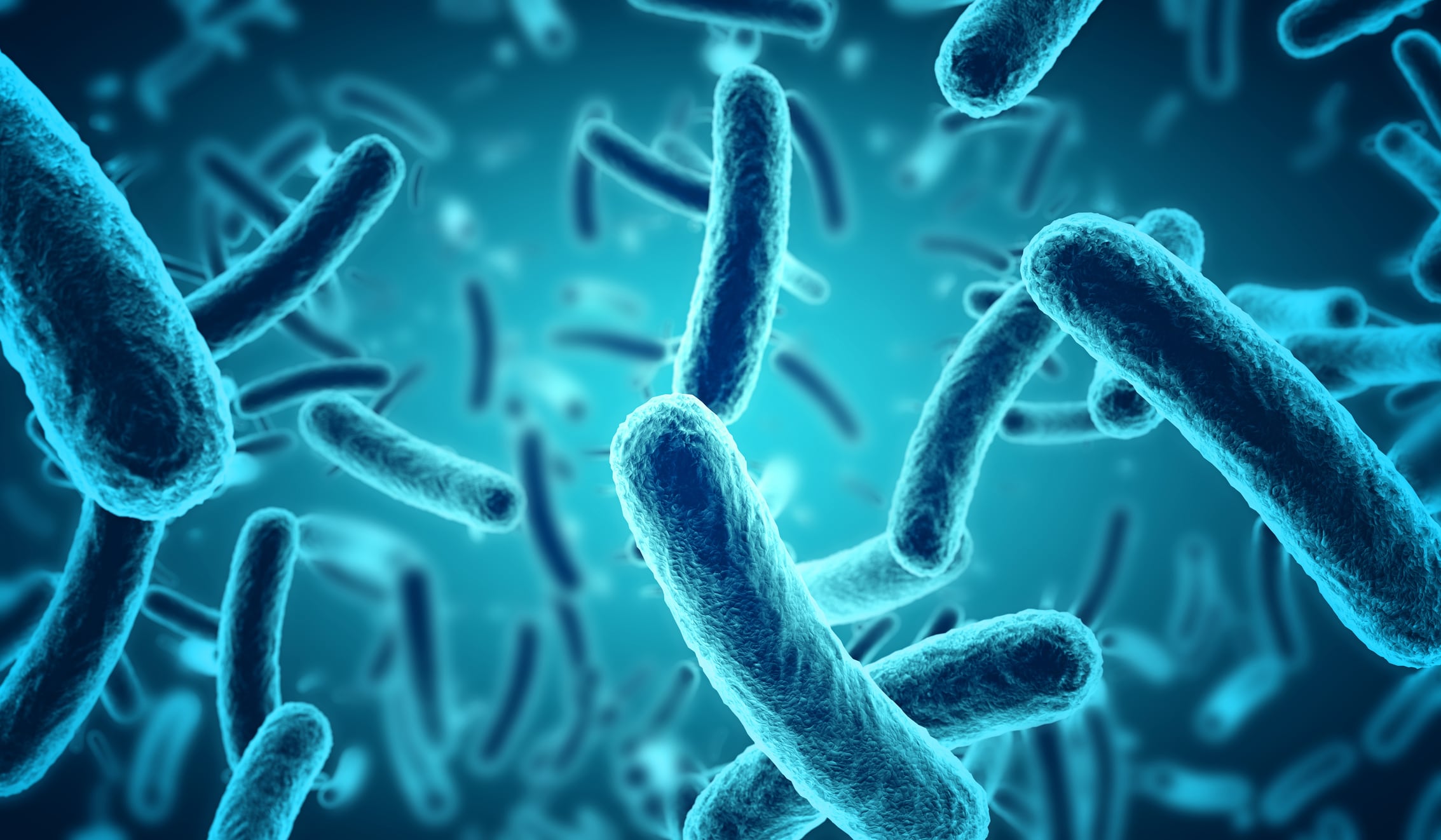The required concentration of antibiotic to eliminate a specific species of bacteria is currently known in detail and analyses to discover these concentrations are usually performed in cultures where each species of bacteria lives alone.
However, infections are often comprised of more than one species of bacteria, plus our body contains a large number of beneficial bacteria (microbiota) with which pathogens can also coexist.
Therefore, researchers Letícia Galera-Laporta and Jordi Garcia-Ojalvo, from the Department of Experimental and Health Sciences, at Universitat Pompeu Fabra, Barcelona Biomedical Research Park, wanted to discover how communities of multiple species of bacteria respond jointly to antibiotics.
The study, published in the journal Science Advances, discovers how the bacteria Bacillus subtilis and Escherichia coli respond to the antibiotic ampicillin (penicillin family).
The researchers found that, alone, E. coli is sensitive to this antibiotic, meaning beyond a certain concentration it cannot grow, whereas B. subtilis is tolerant to the antibiotic so it manages to grow.
Galera-Laporta explains the strange results: "Counter-intuitively, we observed that when the two species of bacteria coexist, their response to the antibiotic is opposite to when they are alone. The bacteria that could survive dies and vice versa."
With the help of a mathematical model, they saw that what varies is the collective response, as a result of the change in the availability of the drug for each species of bacteria in the presence of the other.
Ampicillin inactivates certain proteins required for bacteria to manufacture their cell wall and thus prevents the latter from growing. B. subtilis tolerates this antibiotic because it inactivates the antibiotic and reduces the free amount circulating in the environment. This benefits E. coli when the two species coexist, because it makes the amount of ampicillin not reach the threshold needed to kill it.
In contrast, E. coli is not able to inactivate the antibiotic, rather it acts like a sponge: it retains the antibiotic for a while and then returns it to the environment. This buffer role delays the suppression of the antibiotic in the environment, and therefore harms B. subtilis: it makes the antibiotic remain in the environment for a period in which B. subtilis would have eliminated had it been alone.
"Through studies like these, we wish to show the importance of not losing sight of the fact that bacteria's survival of antibiotics can be due to other, non-genetic mechanisms", explains Professor Jordi Garcia-Ojalvo.
The authors note that the mechanisms shown in this study are not specific to these two species of bacteria and the antibiotics used. This finding bears out the difficulty of choosing the correct antibiotic dose in treating bacterial infections, because the available information refers to species when they are found alone.
The study also suggests the possibility of using non-pathogenic bacteria to sensitise others that are harmful.
Garcia-Ojalvo concludes: "We must consider the microbial context in which the bacteria are found, in order to improve the information that enables choosing the appropriate dose of antibiotic in each case",
Source: Science Advances
Galera-Laporta. L., and Garcia-Ojalvo. J
http://dx.doi.org/10.1126/sciadv.aaz5108
"Antithetic population response to antibiotics in a polybacterial community"


